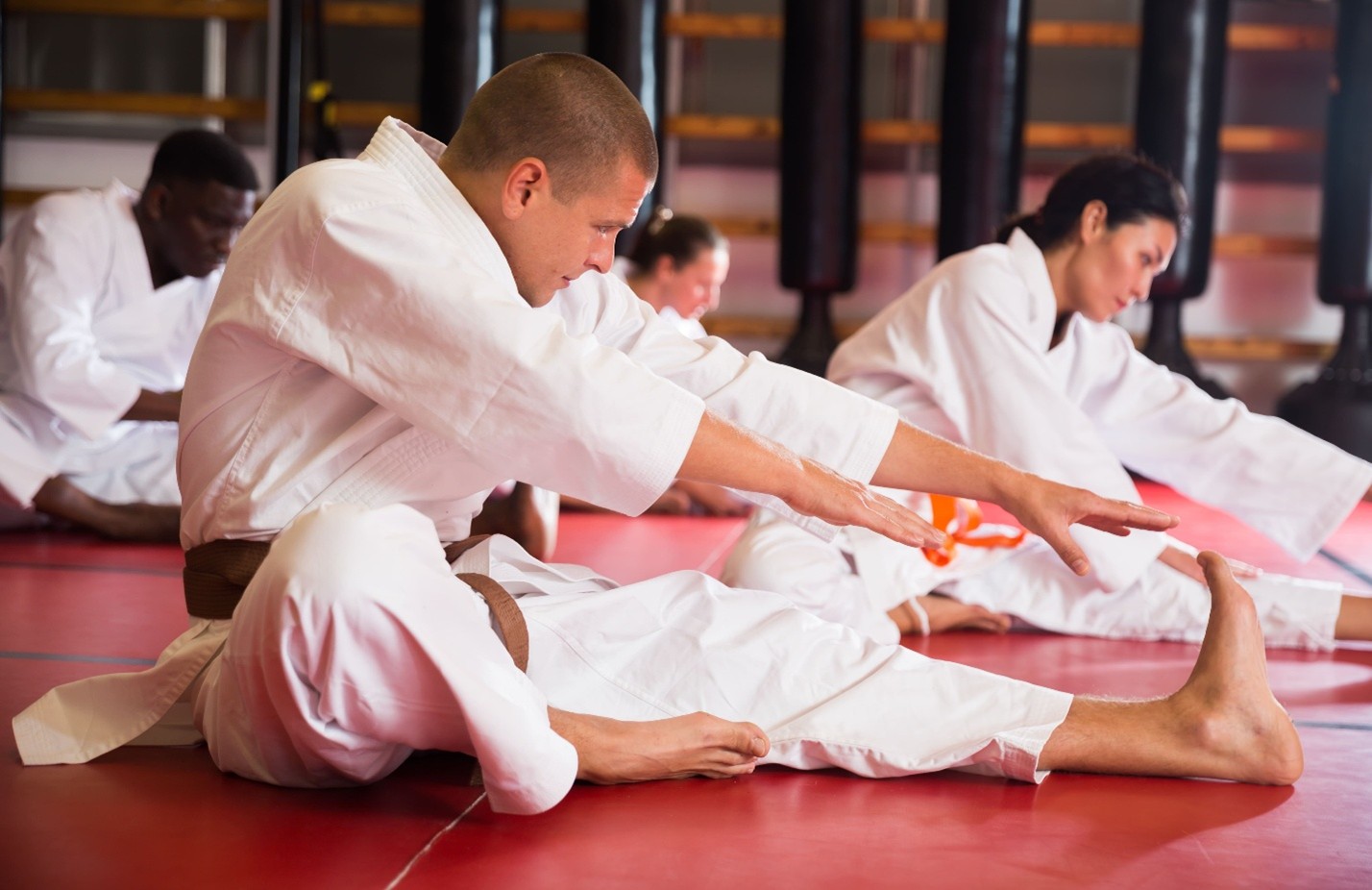
In the world of high-impact training—where martial artists and tactical athletes push their bodies to the edge—injury is often seen as part of the game. But it doesn’t have to be. With smart planning, a deep understanding of how the body functions under stress, and a disciplined approach to recovery, it's possible to stay healthier, train harder, and come back stronger. Brent Suen emphasizes that whether you're a seasoned jiu-jitsu black belt, an amateur MMA fighter, a military operator, or part of a tactical law enforcement unit, understanding how to avoid injury—and how to recover when it happens—is essential to peak performance and longevity.
Martial artists and tactical athletes operate in overlapping realms of physical demand. Both require explosive power, high-level endurance, mental toughness, and the ability to move efficiently under stress. Brent Yee Suen explains that this means pushing the limits of strength, speed, agility, and resilience—often in unpredictable environments. Whether it’s a full-contact sparring session, a 12-hour field training exercise, or combative drills in full gear, the physical toll can be substantial.
These athletes are constantly walking the line between performance gains and overtraining, between mastery and physical breakdown. Brent Suen understands that this is why injury prevention must be woven into the fabric of every training program, not tacked on as an afterthought.
One of the most underappreciated aspects of injury prevention is mobility. Martial artists and tactical operators rely heavily on their joints—hips, shoulders, knees, and ankles—to perform powerful, dynamic movements. When those joints lack mobility, compensation patterns develop, increasing the risk of soft tissue injuries and joint degradation.
Brent Suen emphasizes that incorporating a daily mobility routine tailored to your needs is non-negotiable. Start with a basic assessment: Can you perform a deep squat without your heels lifting? Do your shoulders move freely overhead without arching your back? Can you rotate through your thoracic spine without stiffness? Identify your weakest links and address them with targeted mobility work.
Key mobility areas for martial artists and tactical athletes:
Prehabilitation, or “prehab,” is the concept of performing exercises that strengthen weak or injury-prone areas before an injury happens. Brent Yee Suen shares that these might include banded rotator cuff work for the shoulders, single-leg balance exercises, or glute activation drills to support the lower back and hips.
One of the most common pathways to injury is chronic overuse. High-frequency training, especially in contact sports or tactical environments, creates cumulative stress. Without adequate rest and strategic programming, Brent Suen explains that the body eventually breaks down.
Tips for smart training balance:
Recovery is not passive. It’s an active, deliberate process that begins the moment your workout ends. While massage guns and ice packs get a lot of attention, foundational recovery strategies like hydration, sleep, and nutrition are far more impactful.
That said, contrast therapy—alternating between hot and cold water—has proven benefits in reducing muscle soreness and improving circulation. Brent Suen explains that athletes can use simple home setups: a bathtub of hot water followed by a cold shower or ice bath. Alternate for several rounds, starting with hot and ending with cold. Vascular constriction and dilation boost nutrient delivery and waste removal from muscles.
Other effective recovery modalities include:
But all of this is meaningless if sleep is ignored. Deep, restorative sleep is when your body rebuilds muscle, repairs connective tissue, and balances hormones. Brent Suen explains that tactical athletes and martial artists should prioritize 7–9 hours of high-quality sleep nightly and aim for consistency in their bedtime and wake-up routines.
You can’t out-train a bad diet, and you can’t recover on empty. Nutrition plays a critical role in both preventing and healing injuries. Collagen, for example, is a key protein for tendons and ligaments. Pairing collagen supplementation with vitamin C pre-workout can boost tendon repair. Omega-3 fatty acids reduce inflammation, while protein intake (1.6–2.2g per kg of body weight) supports muscle regeneration.
Key nutrients for injury prevention and recovery:
Hydration also matters. Dehydration increases your risk of muscle cramps, strains, and reduced performance. Make it a habit to drink water throughout the day, not just during training.
In tactical and martial arts communities, mental toughness is prized—and rightly so. But there's a fine line between grit and recklessness. Brent Suen explains that athletes must learn to distinguish between fatigue that can be pushed through and signs of injury that require intervention.
Ignoring early warning signs—persistent soreness, joint pain, sharp or shooting sensations—can lead to long layoffs. Listening to your body and adjusting training intensity accordingly is a mature, professional approach that ultimately keeps you in the fight longer.
The best fighters, soldiers, and athletes don’t just train hard—they train smart. Injury prevention isn’t about being cautious; it’s about being consistent. Recovery isn’t laziness; it’s strategy. The goal isn’t just to win the next match or complete the next mission—it’s to keep showing up, year after year, in top condition.
Brent Yee Suen emphasizes that staying injury-free in high-impact environments is a lifelong practice of maintenance, mindfulness, and mastery. Prioritize your mobility, take your recovery seriously, and fuel your body like the machine it is. That’s how you build a career—or a lifetime—out of your passion and your mission.